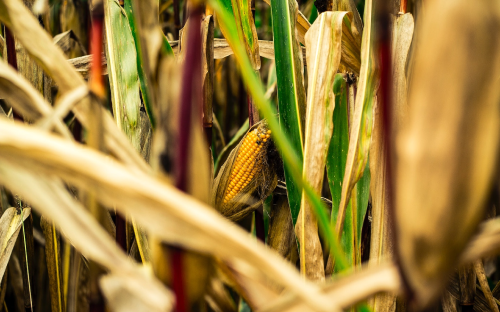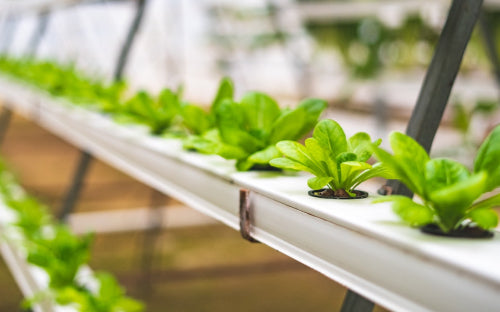Nat Geo: Foods Less Nutritious Than 70 Years Prior; Regen. Ag. the Answer

A major role in the discovery of Sea Energy Agriculture was Dr. Murray's research into the declining nutritional quality of our food supplies. Unfortunately, the toll of conventional agriculture and valuation of quantity over quality has further accelerated this trend. National Geographic recently published an illuminating article highlighting how many of today's whole foods are less vitamin and nutrient-dense than they were 70 years ago. Thankfully, Regenerative Agriculture principles, including ensuring complete nutrient fertilization such as Sea-90, provides a solution. An excerpt from the article is below; and you can read the full article here:
Fruits and vegetables are less nutritious than they used to be.
Original Source: National Geographic
Author: Stacey Colino
"As you gaze across the rows of brightly coloured fruits and vegetables in the produce section of the grocery store, you may not be aware that the quantity of nutrients in these crops has been declining over the past 70 years.
Mounting evidence from multiple scientific studies shows that many fruits, vegetables, and grains grown today carry less protein, calcium, phosphorus, iron, riboflavin, and vitamin C than those that were grown decades ago."
"Nutrient decline “is going to leave our bodies with fewer of the components they need to mount defences against chronic diseases—it’s going to undercut the value of food as preventive medicine,” says David R. Montgomery, a professor of geomorphology at the University of Washington in Seattle and co-author with Anne Biklé of What Your Food Ate."
"Scientists say that the root of the problem lies in modern agricultural processes that increase crop yields but disturb soil health. These include irrigation, fertilisation, and harvesting methods that also disrupt essential interactions between plants and soil fungi, which reduces absorption of nutrients from the soil. These issues are occurring against the backdrop of climate change and rising levels of carbon dioxide, which are also lowering the nutrient contents of fruits, vegetables, and grains."
"One strategy for improving soil is with regenerative farming—a sweeping set of practices that can restore soil fertility. A study in the January 2022 issue of PeerJ: Life & Environment shows that regenerative farming practices produce crops with higher soil organic matter levels, soil health scores, and higher levels of certain vitamins, minerals, and phytochemicals.
The first step is to leave the soil alone as much as possible and reduce tillage, a practice that leads to mineral depletion. Planting cover crops (which are grown to cover the soil in order to protect it) such as clover, rye grass, or vetch can help by preventing erosion and suppressing weed growth. And rotating the range of plants grown in each field can improve the nutrient content of subsequent crops."
Learn more at National Geographic.
Header photo credit: Lucas Foglia








